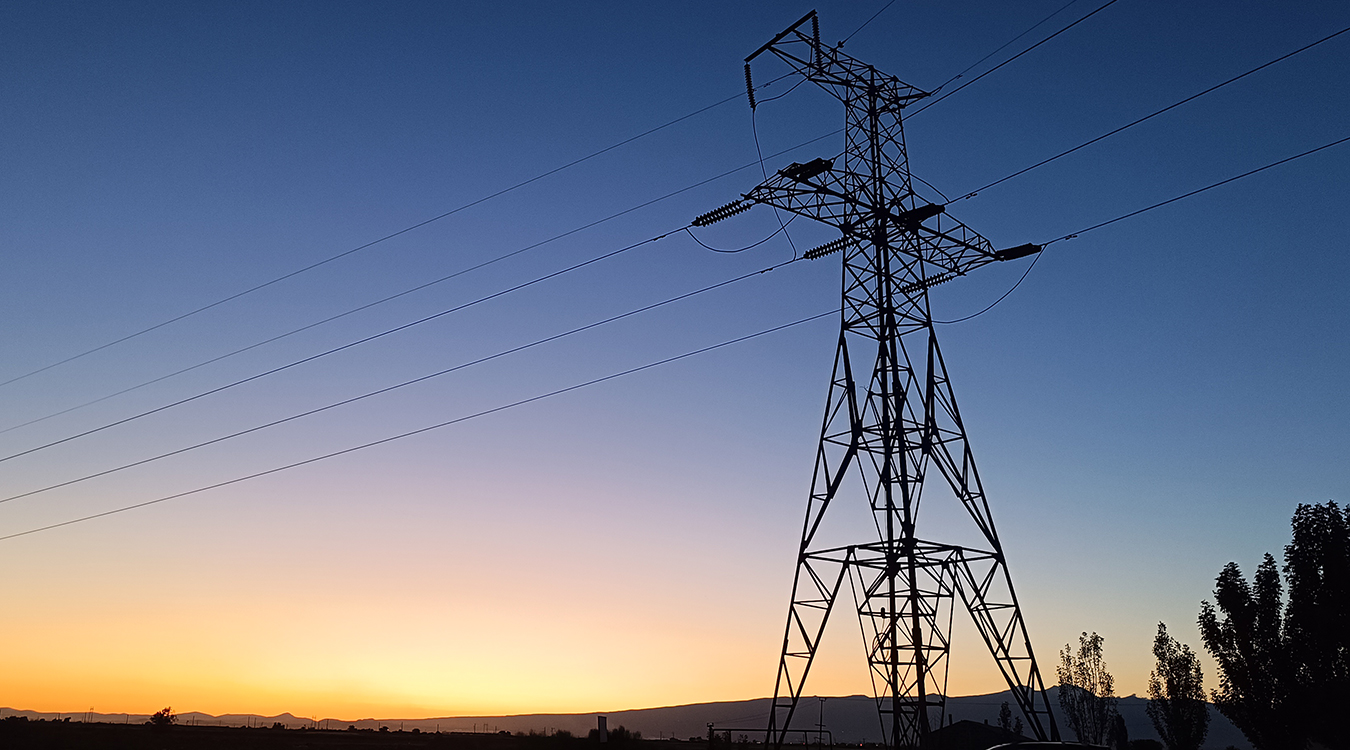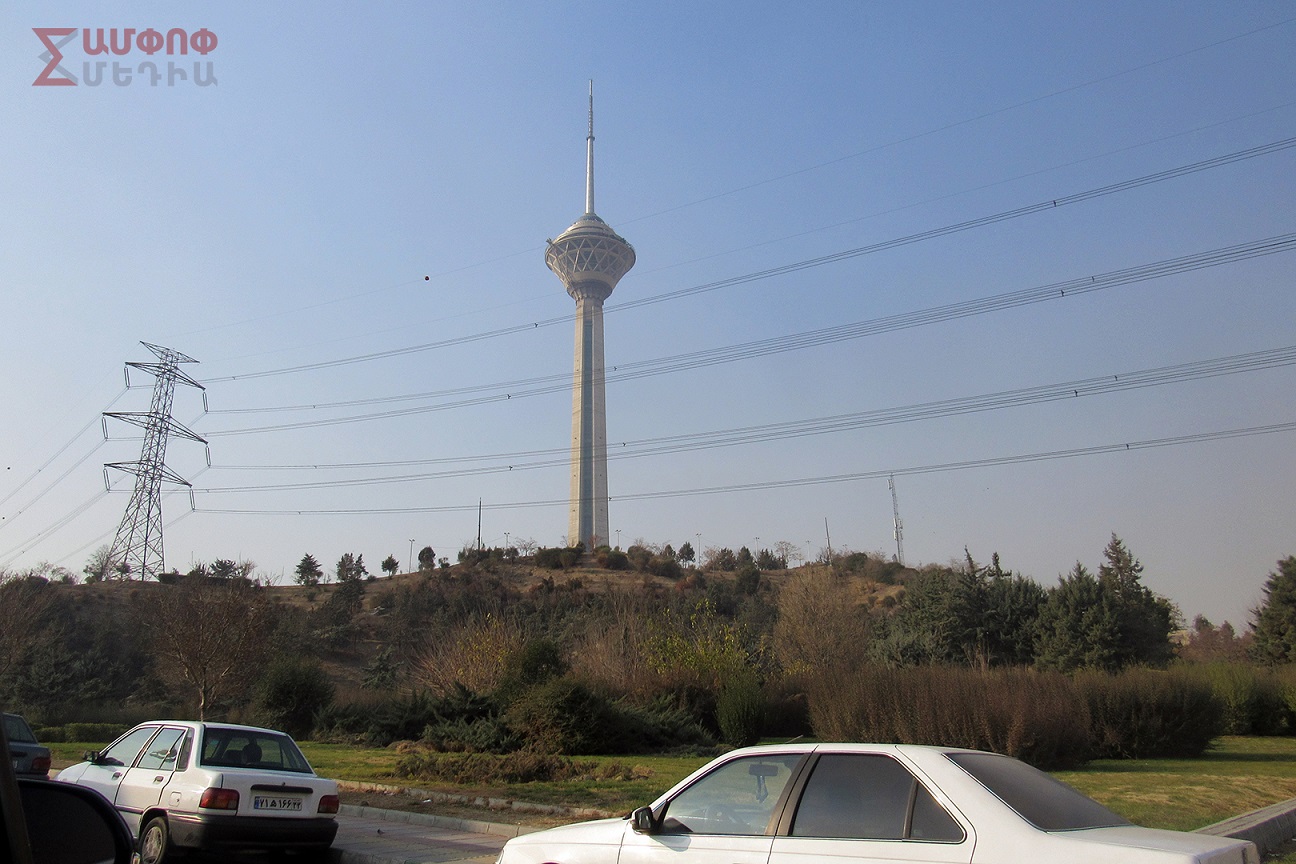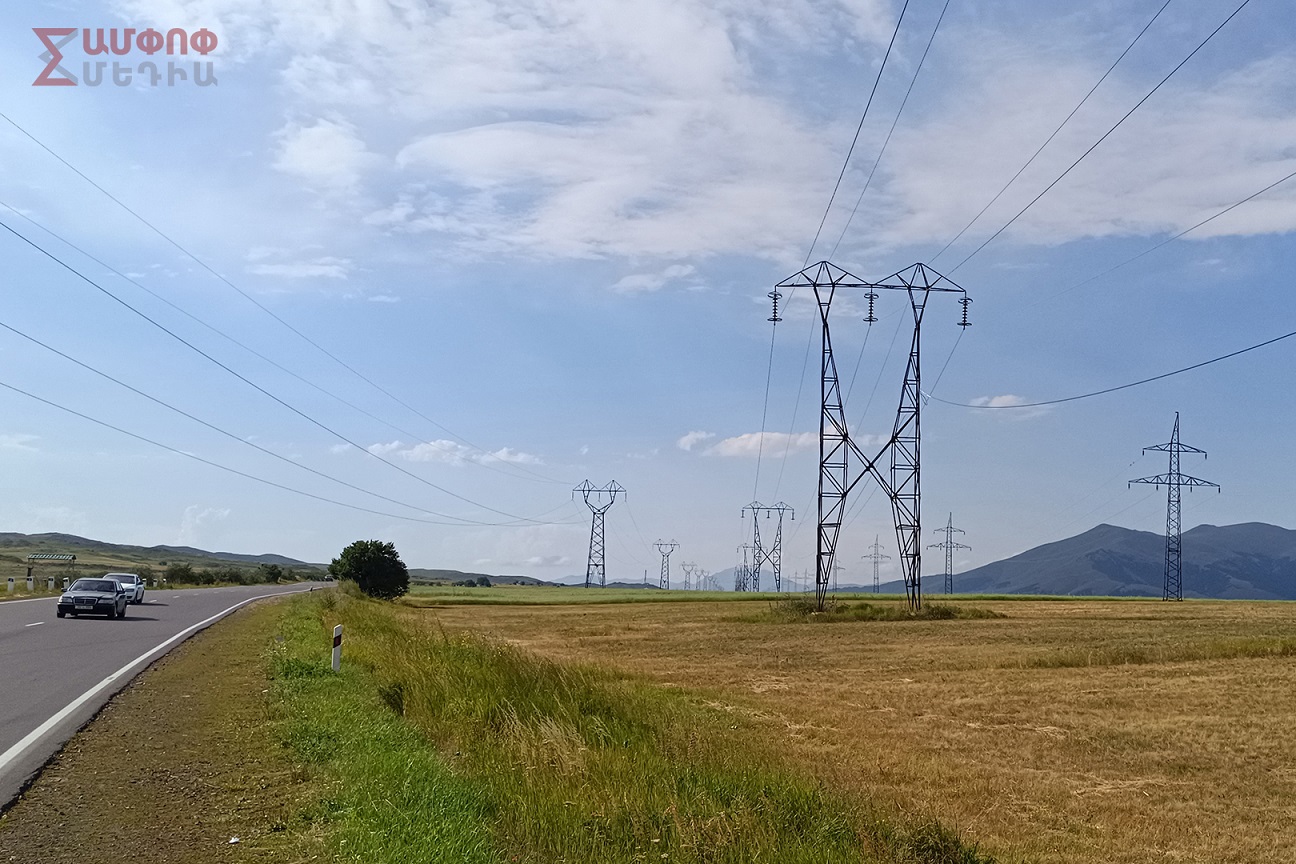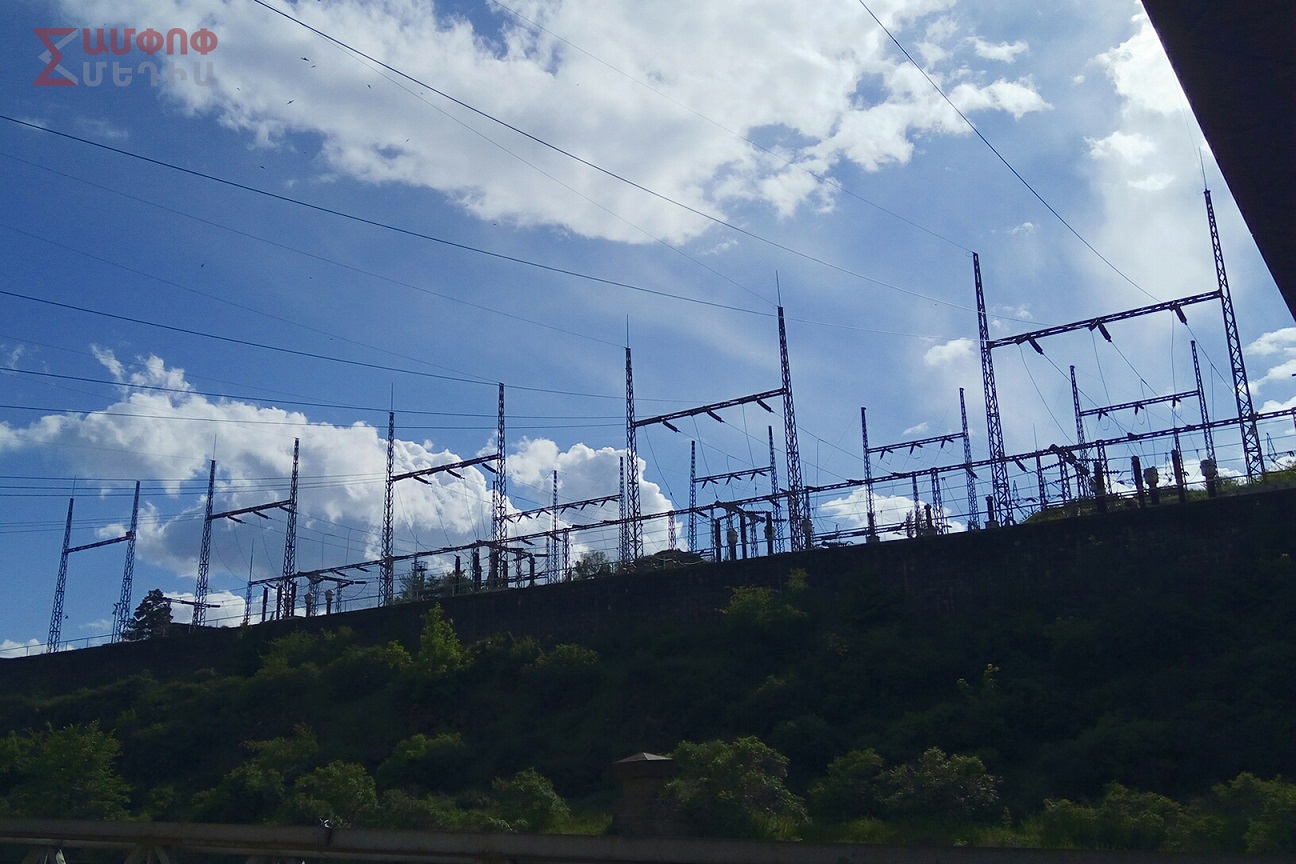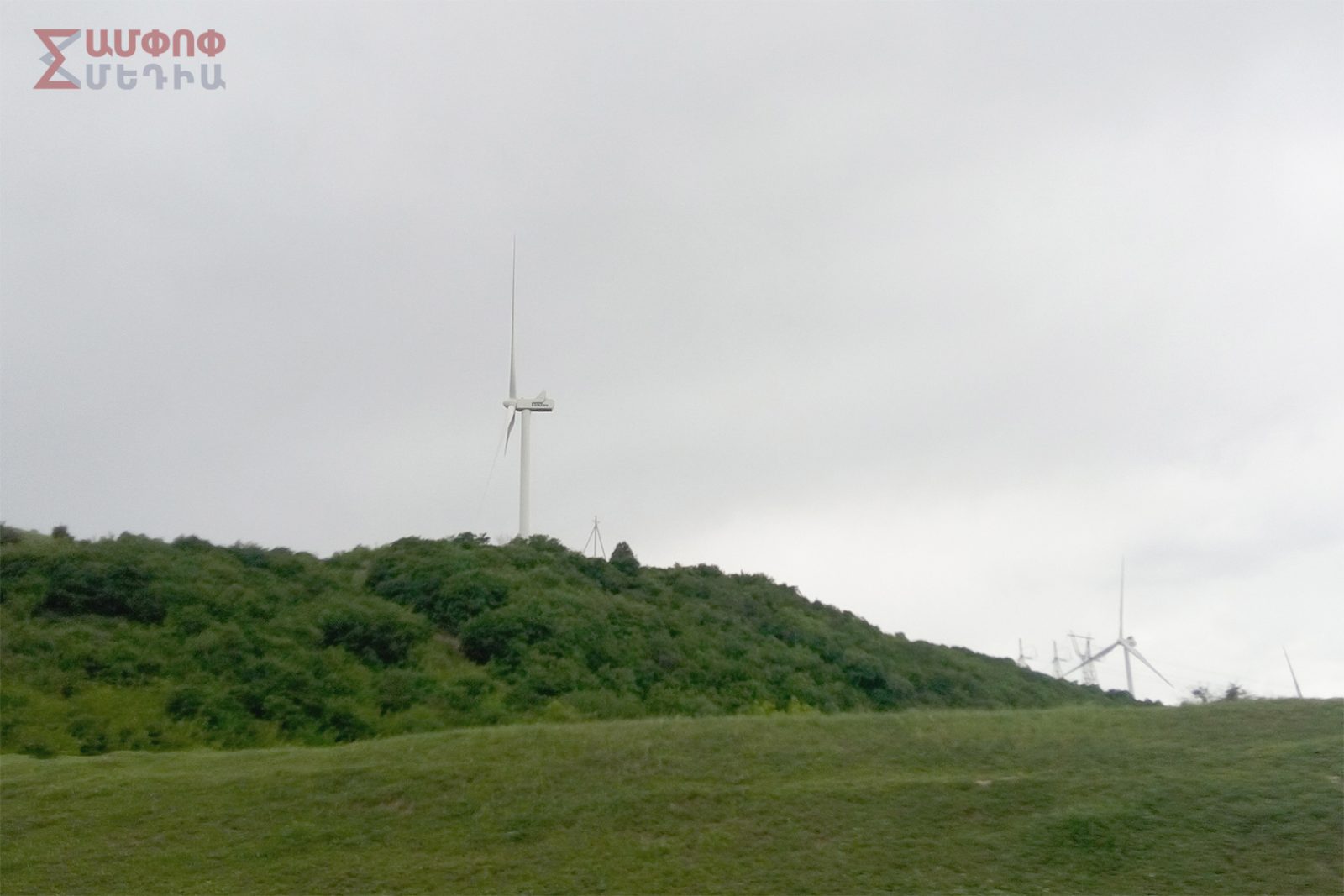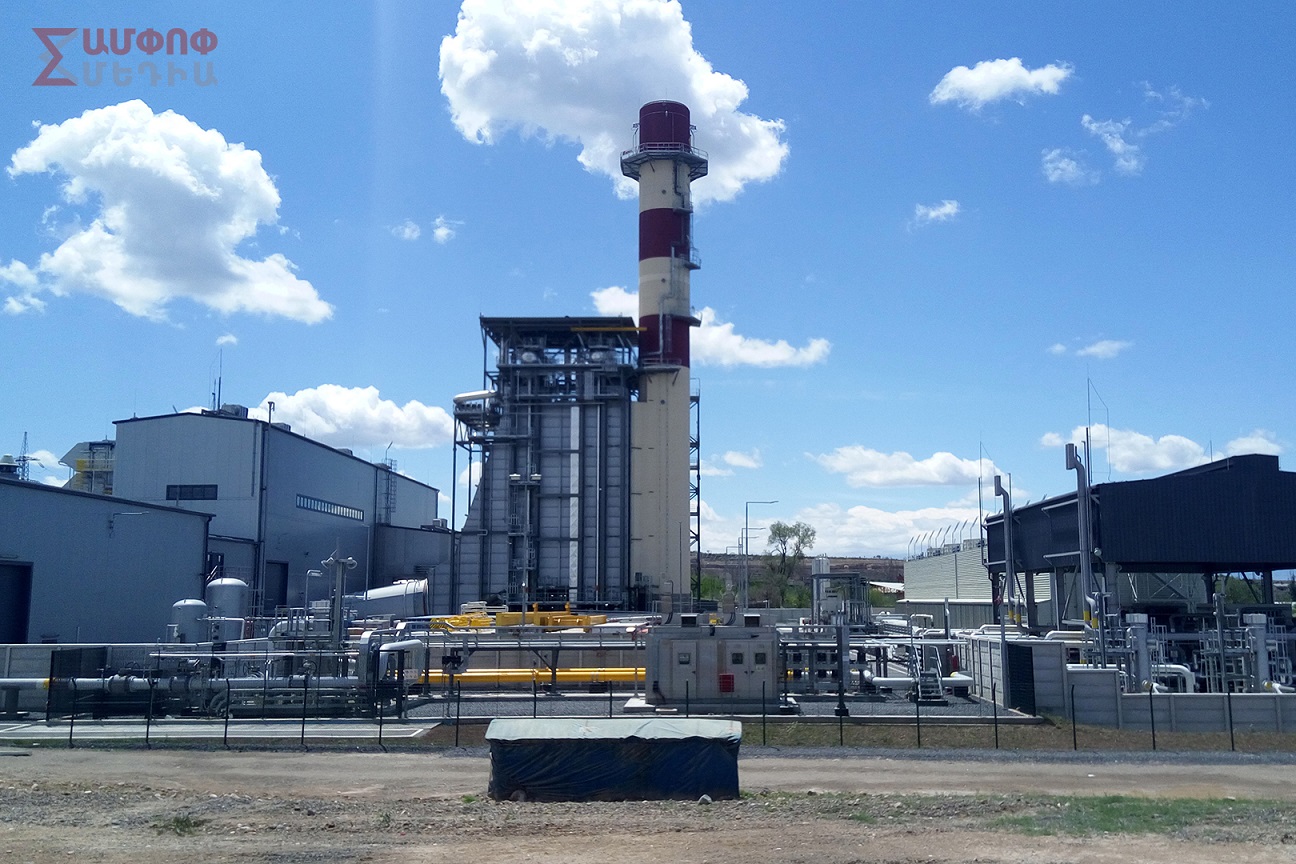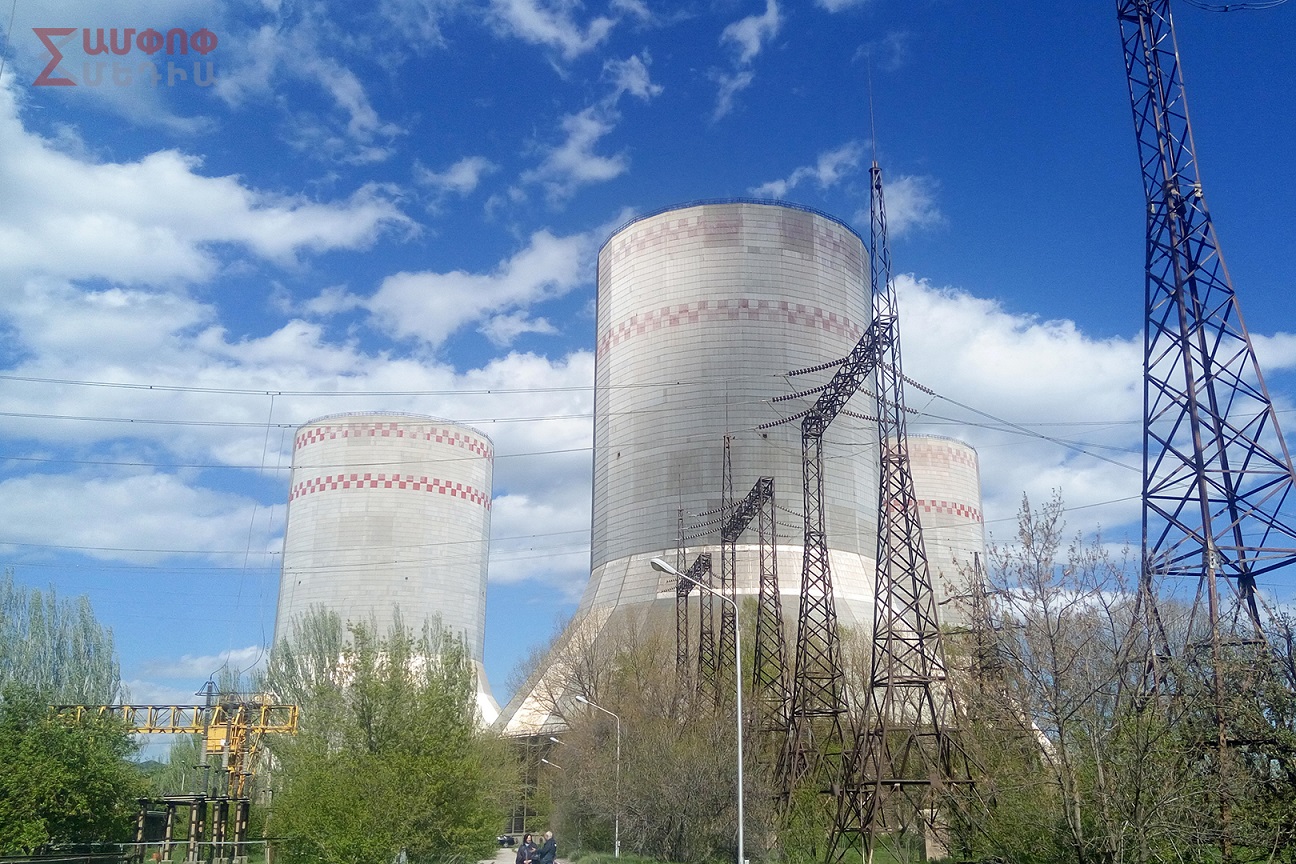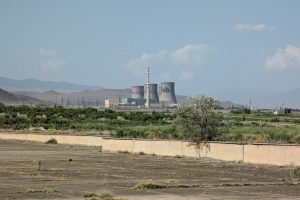Based on 2022 data, electricity exports represented 1.7% of Armenia’s overall exports. This is a noteworthy statistic, as electricity stands as the fifth most exported commodity from Armenia. Outranking electricity in exports are four other goods: copper and molybdenum ore, cigarettes, and ethyl alcohol.
Armenia primarily exports its electricity to Georgia and Iran. Up until January 2023, electricity was also supplied to Artsakh. However, Azerbaijan unlawfully severed the pipeline connecting Armenia to Artsakh.
Armenia – Iran
The majority of the electricity exported from Armenia [valued at 66.2 million dollars] went to Iran, but this was carried out within the framework of the intergovernmental program “Gas for Electricity”, according to which Armenia supplies Iran with 3 kilowatt-hours of electricity for every cubic meter of gas provided by Iran. Armenia also benefits from this deal because it gets more electricity from the gas than it supplies.
The program is in effect until 2026 and, although it somewhat loses its significance in the overall volume of exports, it does not lose its absolute value.
However, both Armenia and Iran are inclined to continue cooperation on this program, and to this end, the parties signed a document on August 10 to extend and increase the volume of the “Gas for Electricity” contract until 2030.
Energy expert and former Deputy Energy Minister Edward Arzumanyan does not consider the approaching date a coincidence [editor’s note: The interview with Arzumanyan took place before the contract prolongation].
“Despite two more nuclear power units with a capacity of 1,200 megawatts each will be built next to the existing plant in 2026 in Iran’s Bushehr [note: southwestern part of Iran], Iran will keep on using Armenia’s electricity, as northern provinces bordering Armenia will be in need of it,” says the specialist.
Arzumanyan explains that transmitting electricity over long distances leads to technical losses, which, in Iran’s case, are at a higher percentage.
Vali Kaleji, a senior analyst at the Tehran Regional Research Center and an Iranian expert, further explained to Ampop Media that the basis for this cooperation lies in the seasonal shortage of energy resources. Iran faces electricity shortages in summer, while Armenia encounters gas shortages during the winter.
Kaleji stated, “As long as there are disruptions in the seasonal energy balances in Armenia and Iran, cooperation between the two countries on gas and electricity will persist.”
Regarding the question of whether Iran can enhance its capacity and eventually stop relying on electricity supplied by Armenia, Kaleji suggests that such a scenario is unlikely at the moment. It would require several years from the establishment of new capacities to their integration into the distribution network.
Kaleji confirmed, “During this year’s scorching summer, Iran’s electricity demand reached 72,000 megawatts, with 40% allocated for household use. To meet this demand, the government had to temporarily shut down certain industrial facilities and factories, resulting in adverse effects on production and the economy. During peak periods, Iran consistently finds itself compelled to import electricity to satisfy domestic consumption.”
According to the UN Comtrade website, aside from Armenia, Azerbaijan and Uzbekistan also export electricity to Iran. However, Armenia holds the top position in this category, annually exporting 1000-1500 gigawatt hours.
Iran is also involved in electricity exports, previously to Turkey and currently to Uzbekistan. The limited electricity exports to Armenia primarily serve the purpose of system balancing and are not considered essential for either the Armenian or Iranian energy markets.
However, electricity exports from Armenia and other countries to Iran have a rather small weight for Iran’s domestic market. The internal demand of the Islamic Republic is more than 300 thousand gigawatt-hours per year and grows by tens of thousands annually. In contrast, electricity imports into Iran amount to only 1-2 thousand gigawatt-hours, accounting for less than 1% of its total demand.
Iran’s energy capacity is predominantly tied to the gas and oil sectors. Tehran has committed to reducing the reliance on hydrocarbons in its industries. This commitment implies that Iran will continue to retire thermal power plants and invest in the construction of renewable energy sources such as solar, wind, and other green power facilities.
Given these considerations, it can be argued that there is no economic threat to electricity exports from Armenia to Iran. Regardless of how Iran develops its energy capacities, the escalating demand will continue to necessitate electricity imports. Moreover, during the summer season, Iran, in particular, requires substantial electricity supply to meet its cooling needs.
The issue of seasonality is indeed apparent in the schedule of electricity deliveries from Armenia to Iran. Over the past few years, the primary peaks in supply have occurred during the summer months.
However, the quantity supplied is insufficient for Armenia’s needs. While there may not be economic obstacles, there are other challenges to address.
New Electricity Cables
Firstly, there’s the matter of security. In September 2022, during the attack towards Jermuk, the Azerbaijani military targeted and inflicted damage on the Armenia-Iran high-voltage power line. Additionally, Azerbaijani forces hindered the restoration of the line for a period, resulting in a disruption of power supply to Iran.
The second concern pertains to the issue of capacity. Both parties aim to expand the volume of their energy exchange. To address this, a new power transmission line has been under construction on the Armenian side for several years. However, the project’s completion deadlines have been consistently postponed.
Power transmission lines alone are insufficient; substations are also required. Among them, the construction of Noravan is scheduled for completion in 2023-2024. However, for the cable to become fully operational, the construction and completion of the Ddmashen substation are necessary, and this is planned for realization in 2025-2026, barring any further delays. In such a scenario, the transmission capacity from Armenia to Iran and from Armenia to Georgia could be significantly expanded.
In these scenarios, presented in the plan of Armenia’s electricity system operator, it is considered that the electricity produced by Armenia’s large and small power plants, and sometimes unclaimed (surplus) electricity, should also be exported thanks to these additional capacities.
The Ministry of Energy and Mineral Resources has informed Ampop Media that 74% of the construction of the 400-kilovolt Armenia-Iran power transmission line has been completed, while the Noravan substation has reached an 87% completion rate.
As for the Ddmashen substation, which holds crucial significance for the two-way transmission of electricity from Armenia, it currently exists only in planning stages. The ministry has reported that a tender to select construction contractors has been initiated. Specifically, the bidding process is ongoing, with the expectation of finalizing it by the end of October.
Armenia – Georgia
While there is a demand for Armenian electricity from Iran, the situation with Georgia is more complex. Georgia possesses energy capacities that surpass its domestic demand, but a significant portion of these capacities comes from hydroelectric plants, which introduces complications.
Georgia’s high dependence on hydropower means that electricity is abundant and cheap during the rainy season, but scarce and expensive during the dry season.
“Georgia’s electricity system is characterized by seasonality. This means that Georgia needs imported electricity in winter to meet local electricity demand,” Nikoloz Sumbadze, Director of Market Monitoring Department at Georgian National Energy and Water Supply Regulatory Commission (GNERC), told Ampop Media.
It is because of Georgia’s seasonal power generation that Armenia imports cheap electricity from Georgia during the rainy season.
However, there is a shift in the energy trade balance between Armenia and Georgia. In previous years, it was customary for Armenia to import electricity from Georgia during the spring months.
In 2021, Armenia increased its purchases of electricity from Georgia, particularly during the summer when the Metsamor nuclear power plant was undergoing maintenance and when Artsakh’s small hydroelectric power plants came under Azerbaijani control following the war.
Large electricity exports from Armenia to Georgia resumed in 2022, and as of this year, the trade balance has been reestablished, with Armenia continuing to be an exporter of electricity to Georgia.
Nevertheless, the graph illustrates that energy trade between Armenia and Georgia occurs intermittently. Georgian expert Nikoloz Sumbadze attributes this episodic nature of trade between Armenia and Georgia to both surplus electricity generation and inadequate infrastructure.
“Georgia’s energy system is connected with the energy systems of all its neighbors, and Armenia is an important partner of Georgia in the energy sector. With the help of Armenia, Georgia’s energy needs are met during the winter months,” the Georgian expert notes and adds, “despite the fact that energy trade between Armenia and Georgia is sporadic, the development of energy infrastructures in both countries will allow for increased trade in electricity, as well as between Georgia and Armenia mutual technical support for transmission system operators to ensure stability in the grid”.
Simultaneously, he emphasizes the importance of considering market dynamics in these scenarios. He suggests that even with adequate infrastructure, increased trade may not necessarily materialize because Georgia possesses its own capacity and has neighboring countries willing to offer competitively priced electricity.
The former Deputy Minister of Energy of Armenia, Edward Arzumanyan, is of the same opinion and explains that both Armenia and Georgia have surplus energy capacities, and Georgia sells its excess electricity to Turkey.
International Network
However, Georgia may not be the final export destination for Armenia, but a transit country for the launch of a larger network. In 2015-2016, in this context, the four-way memorandum and the road map of the North-South electricity corridor were signed between Armenia, Georgia, Iran and Russia.
Opinions on this matter vary within Armenia. Edward Arzumanyan, an expert in energy affairs and former Deputy Minister of Energy, holds the view that the construction of such pipelines is a mistake for Armenia.
“The name they have given to the North-South Corridor is incorrect from an energy point of view, because the change in the energy situation in the area will not entail changes that would increase any energy exchange with the newly built 400 kilovolt lines,” says the former official.
He points to the Armenia-Georgia power transmission lines as an example, noting that the electricity exchange between the two countries typically occurs for just one month rather than the intended three months, with a very limited volume that doesn’t strain the existing lines.
Regarding Armenia’s other immediate neighbors, Arzumanyan highlights that much of Russia’s energy capacity remains unused due to a lack of demand. He also anticipates that both Iran and Turkey will have energy surpluses in the coming years.
The RA Ministry of Territorial Administration and Infrastructure holds a markedly different perspective. In response to an inquiry from Ampop Media, the ministry stated that they are constructing these lines with several objectives in mind:
- Expanding seasonal energy flows.
- Increasing the volumes of both export and import of electricity.
- Expanding transit volumes of electricity through the region.
Nikoloz Sumbadze, an expert of the regulatory body of Georgia, says that Georgia is also interested in the operation of this corridor because their country will also become a transit operator in this direction. [Currently, Georgia is already carrying out a huge transit of electricity from Azerbaijan to Turkey].
“From an economic point of view, the implementation of this project will be beneficial for all countries, as it will facilitate trade in electricity between the four countries. Despite this, due to the unstable political situation in the region, it is unlikely to be implemented in the near future,” the Georgian expert summarizes.
Iranian expert Vali Kaleji also points out the usefulness of the corridor for all four countries and also mentions the presence of political obstacles on the way to its establishment.
“Currently, the cooperation between the four countries in the matter of electricity is bilateral. Despite the breakdown of diplomatic relations, Georgia is full of reverence for Russia. Georgia also exports electricity to Armenia. Armenia also exports electricity to Iran. Therefore, an integrated power grid can be formed between the four countries. This requires the political will of the four countries at higher levels and technical coordination at middle levels,” the specialist says.
Kaleji illustrates that, unlike gas cooperation, which Russia tends to approach with caution and competitiveness, collaboration in the electricity sector is relatively simpler to coordinate and less sensitive from this perspective.
The Armenian Ministry of Energy and Natural Resources says that technical experts are currently continuing discussions regarding the energy corridor.
Moreover, according to the ministry, Armenia is interested not only in this project, but also in laying a cable along the bottom of the Black Sea to Europe, which, according to the ministry, will make it possible to deliver green electricity produced in Armenia to Europe.
Regarding neighboring countries, the ministry reports that tenders have been initiated to choose contractors for the construction of Armenia-Georgia transmission lines and substations. In the context of the new Armenia-Iran power transmission line, the construction progress stands at 87% completion for the Noravan substation and 74% for the power transmission line itself.
By Garik Harutyunyan
Data analysis and charts by the author
Other articles in this series: #EnergySecurity
© All the stories, infographics and other visuals bearing the Ampop Media logo is possible to publish on other audiovisual platforms only in case of an agreement reached with Ampop Media and/or JFF.
Փորձագետի կարծիք
First Published: 04/10/2023


